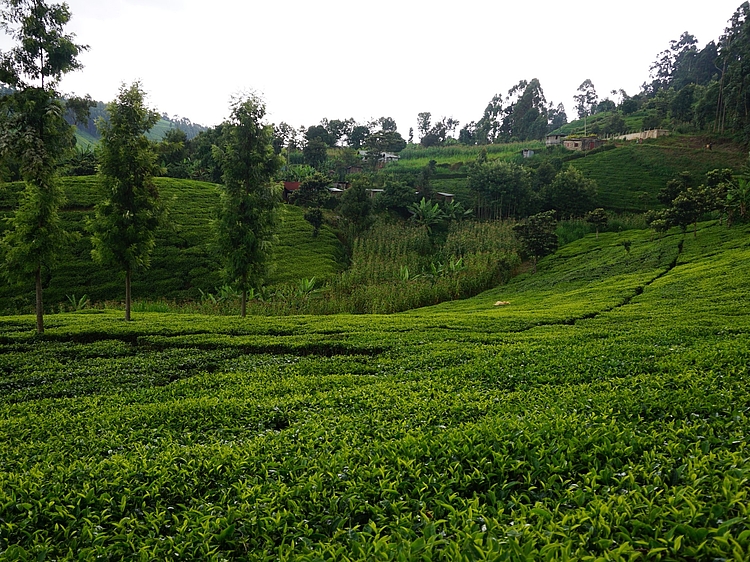Drivers of Change: Understanding the Process of Complex Technology Adoption in Sub-Saharan Africa

| Team: | M. Sc. Luzia Deißler, Prof. Dr. Ulrike Grote, Dr. Kai Mausch |
| Year: | 2021 |
| Funding: | Council for Tropical and Subtropical Agricultural Research (ATSAF), World Agroforestry (ICRAF) |
| Duration: | 01.04.2021 - 01.03.2025 |
Research
The research aims at obtaining detailed insights into the multi-dimensional process of technology adoption in small-scale farming households, by attaining and analyzing primary data from two agroforestry projects in Kenya, Malawi and Zambia, led by the World Agroforestry (ICRAF). Key aspects of the research include identifying determinants of the adoption process of complex agroforestry technologies and the analysis of specific incentives regarding the promotion of complex innovations. Further, small-scale farmers’ aspirations and their respective impact on the adoption behavior will be analyzed. This project will complement two World Agroforestry project (project 1 and project 2):
Project 1: Shrubs for Change (S4C)
S4C implements a new agroforestry fodder shrub technology within smallholder farming households in the dairy sector of Kenya and Malawi. It aims at improving resilience and sustainability of over 120,000 smallholder dairy farming households, by effectively adopting a new fodder tree technology. These FTT provide, amongst others, sustainability benefits such as improved soil fertility, as well as higher milk yields and increased income for dairy farmers.
Project 2: Piloting incentive-based agricultural portfolios for nutrition and resilience in Zambia (FPP)
FPP has the main goal of the FPP is improving the insufficient nutrient supply of farming households in Zambia by implementing food tree portfolios. Customized portfolios are developed to integrate food trees in existing cropping systems. These can help increase the seasonal food availability and diversify the diets of smallholder farmers, while at the same time improving their income.


